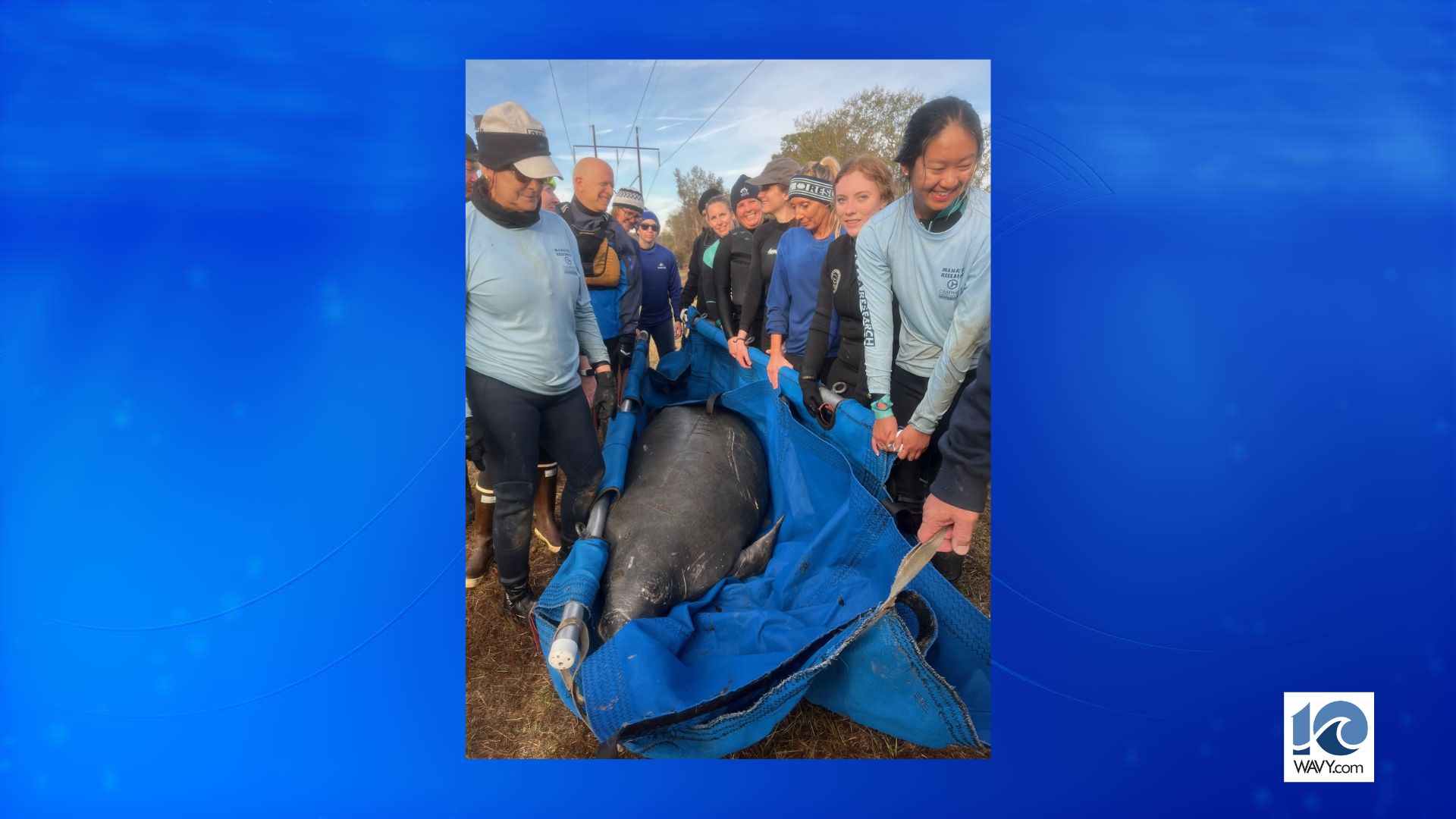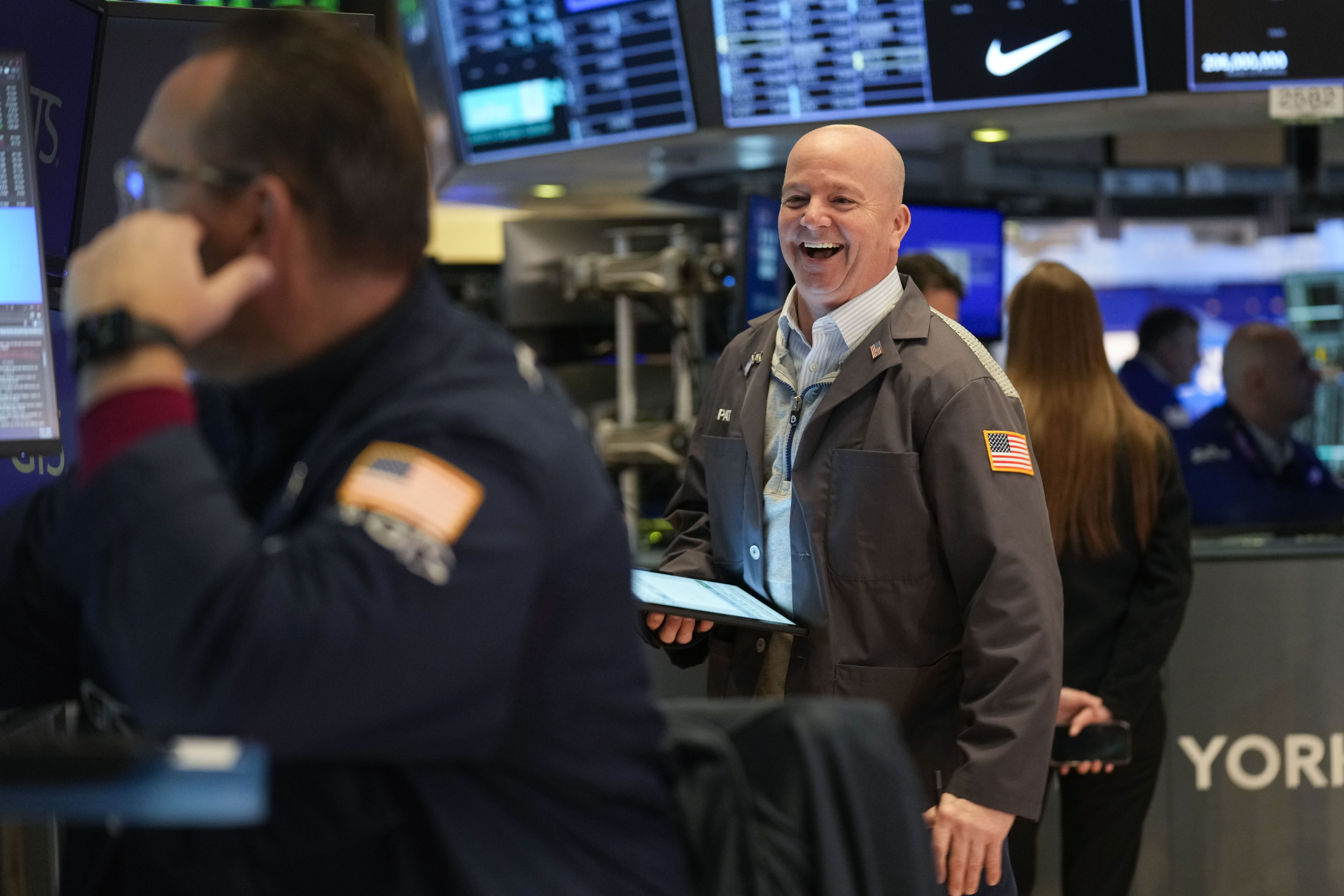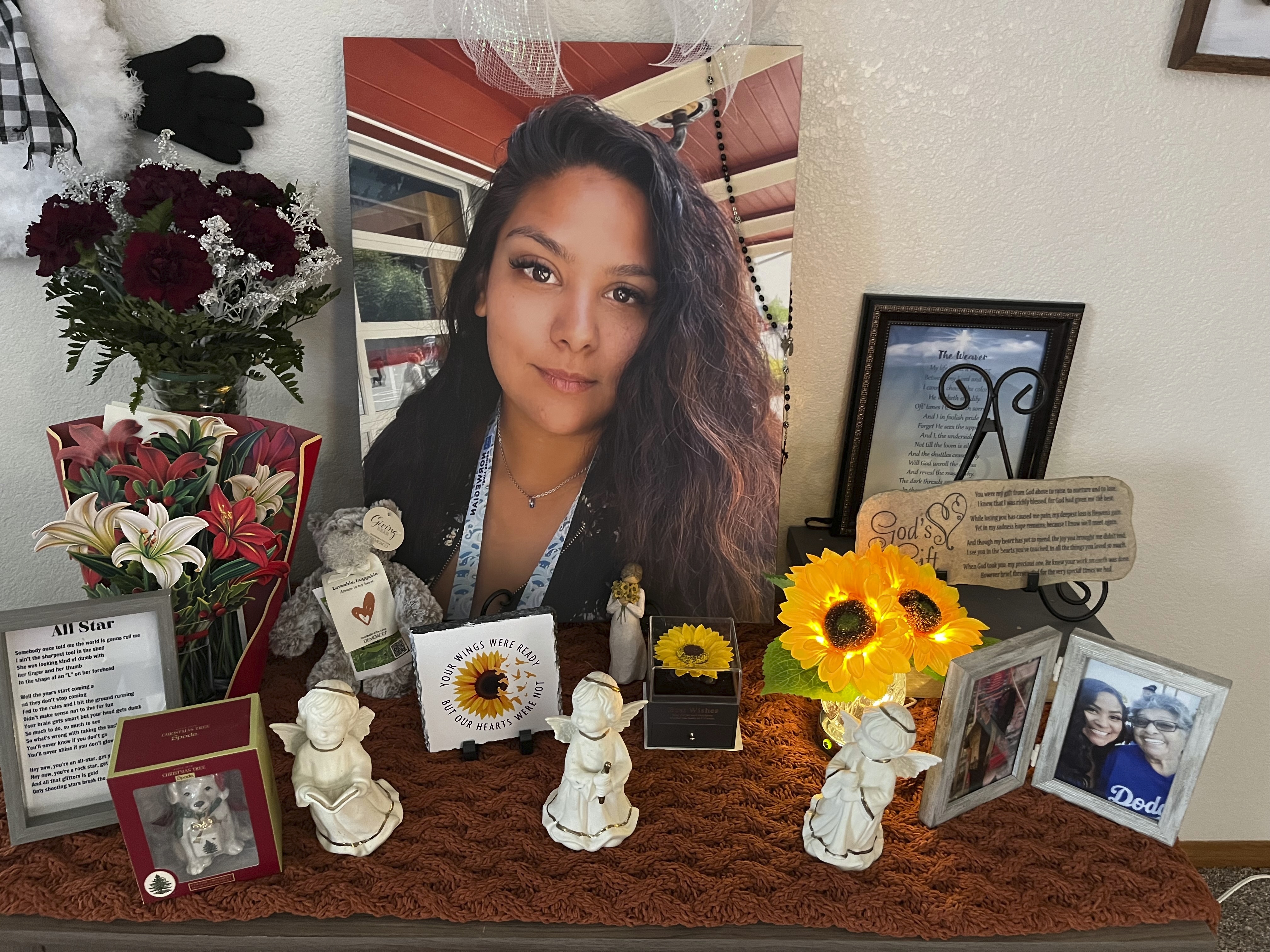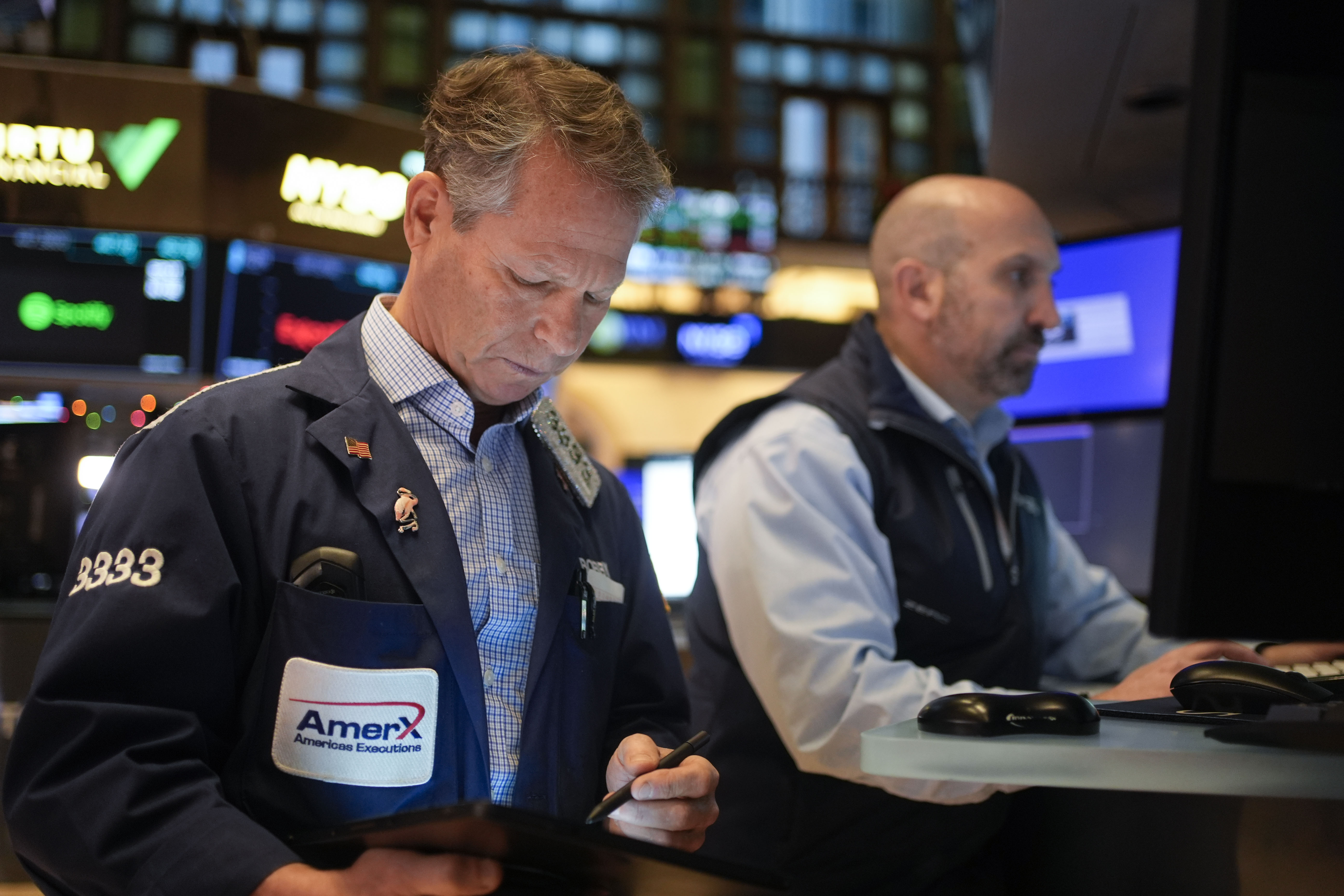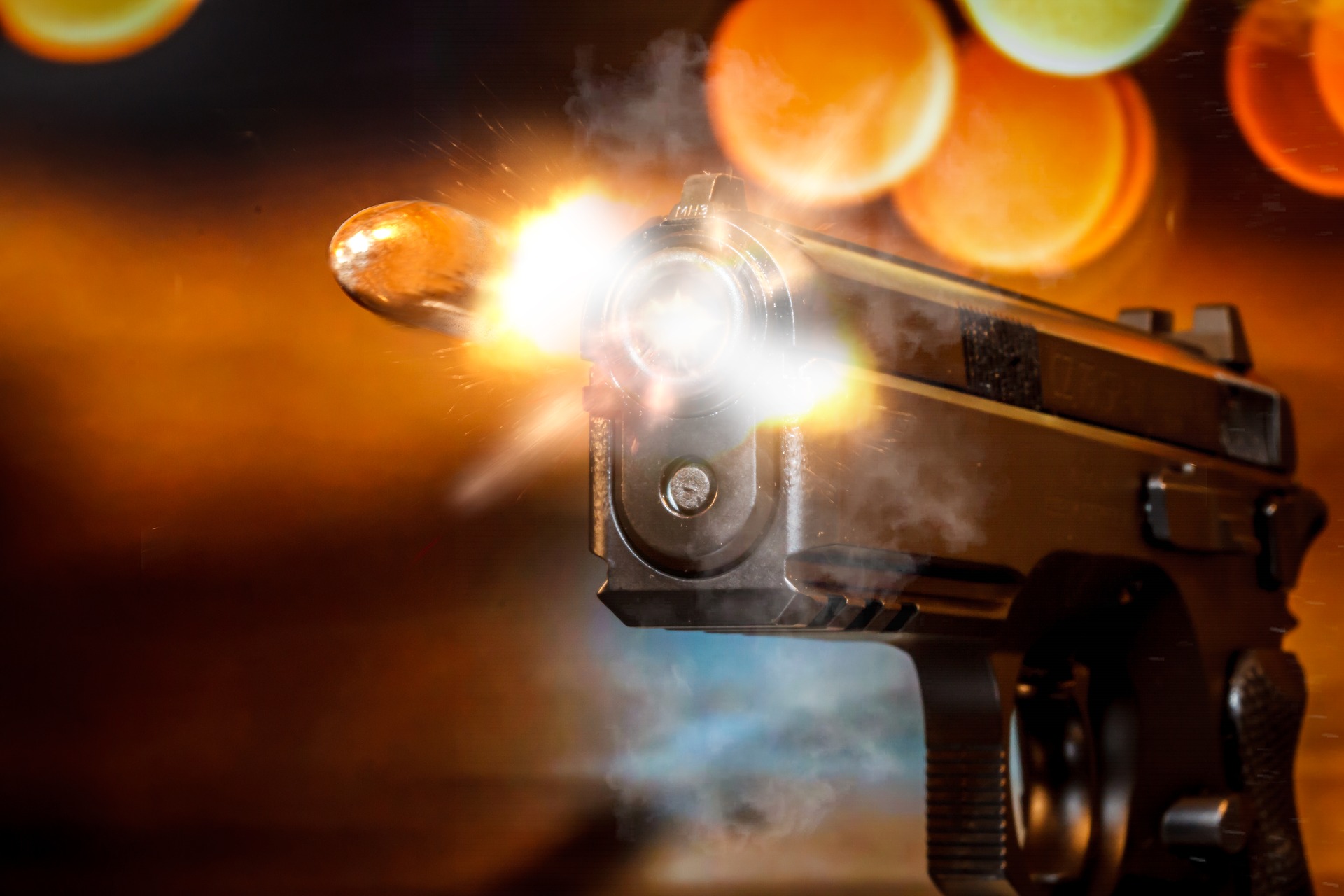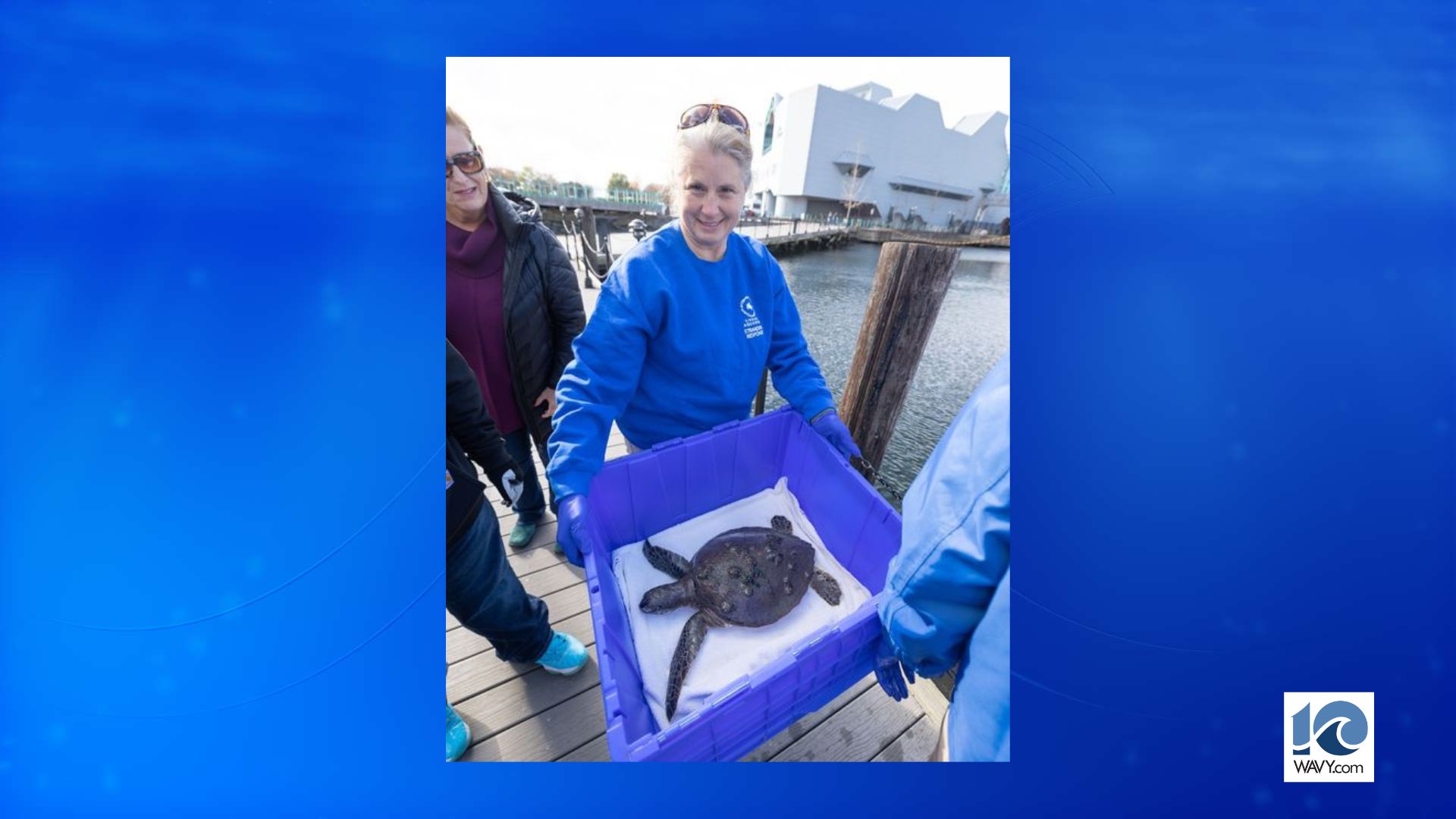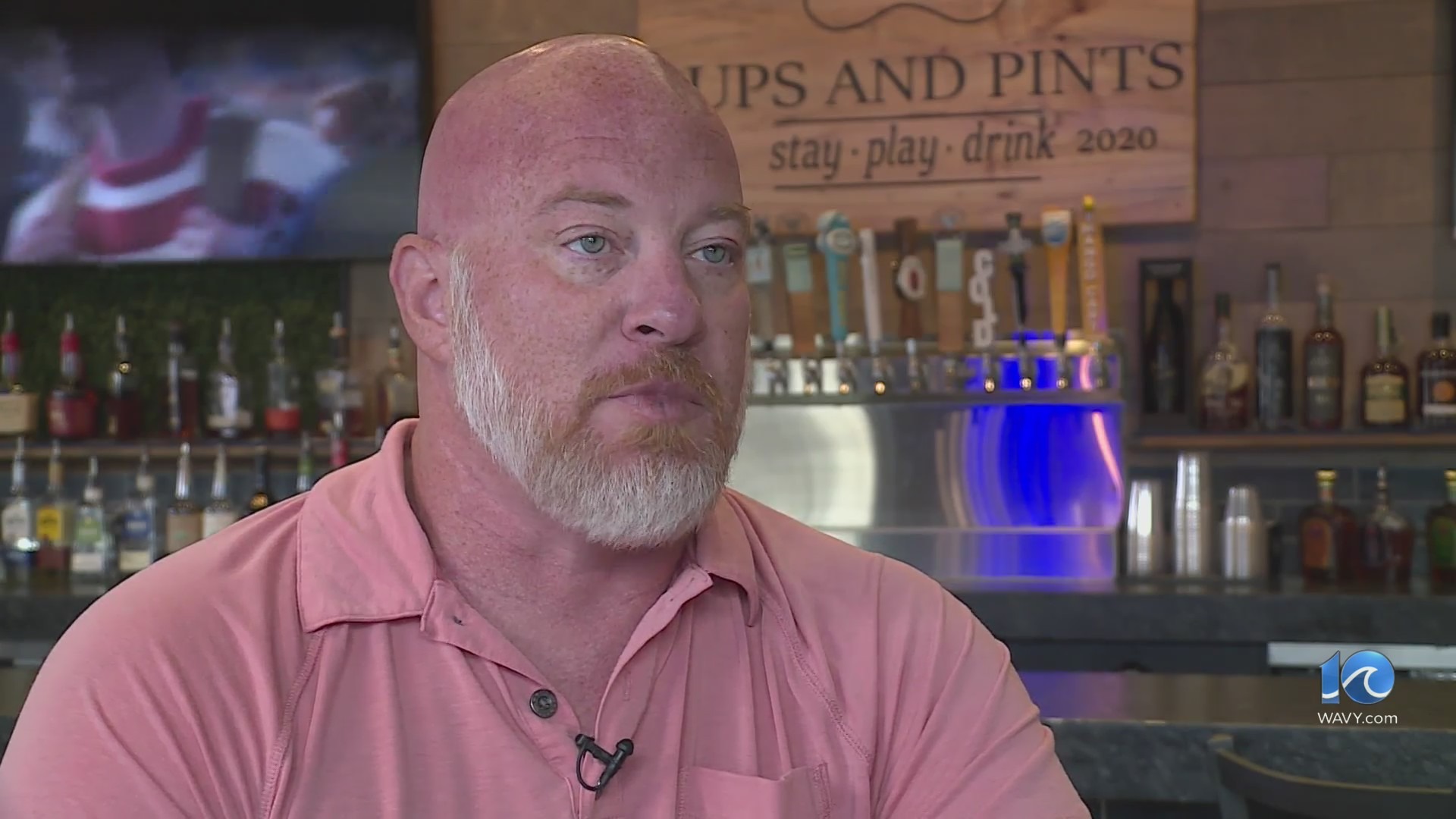WAVY’s Navy Ship Salute is a feature on WAVY News 10 Today. Each month, in partnership with the U.S. Navy, WAVY-TV 10 will profile a different ship based at the world’s largest Navy base: Naval Station Norfolk. The series aims to better introduce our viewers to some of the largest floating taxpayer assets there are, as well as life aboard a U.S. Navy ship.
NORFOLK, Va. (WAVY) — The USS Wasp is a Wasp-class amphibious assault ship that was first commissioned in 1989. Built at Ingalls Shipbuilding’s shipyard in Pascagoula, Mississippi and the 1st in her class, she is the 10th ship of the U.S. Navy to be named Wasp. The first was the merchant schooner in the Continental Navy, built in late 1775.
The Wasp is 843-feet-long and powered by two diesel-fueled boilers that turn two geared steam turbines.
When underway, she can take a complement of 1,000 sailors and 2,000 Marines. Capt. Nakia Cooper, commanding officer of the Wasp, said his crew is gearing up for deployment as part of an amphibious readiness group. She will join USS New York and USS Oak Hill.
Aside from equipment used by the U.S. Marines that is kept below deck on the ship, the standard complement of aircraft utilizing the ship includes AV-8B Harrier II, AH-LW Supercobra, UH-LY Huey, MV-22B Osprey, MH-60S Seahawk and CH-53E Super Stallion.
Aside from USNS Comfort, USS Wasp has the most medical capabilities of ships homeported at Naval Station Norfolk, according to Cmdr. John Roman, a senior medical officer on board the ship.
Wasp has four operating rooms, 16 intensive care unit beds and a 46 bed ward.
“It was designed that way in order to be an asset for the fleet. So what we bring is more medical capability to the fight, so we’re are able to connect lower rolls of medical care to higher levels of medical care,” Roman said.
Another unique feature of USS Wasp is that it was the first Navy ship to have its own facility dog.
Lt Cmdr. Ike is a three-year-old yellow labrador who lives aboard the ship as part of Muts with a Mission to help combat our nation’s ongoing mental health crisis.
“We walk around with him. Try to get into the workspaces and try to reduce some of that stress,” AE1 Andrew Taylor, said.
Ike has his own government I.D., bathroom facilities and equipment.
“Crocs for when it’s too hot on the ship, if we’re going to walk him on the flight deck,” said Melanie Hennis, the ship’s deployed resiliency counselor. “Then we have for his ears, to protect his ears, this is his ear protection and here we go. And he’s like, ‘I don’t particularly like that.” This is like if there are loud noises on the ship, that’ll protect his ears.”
Ike’s favorite part? He never runs out of playmates.




